Table of contents
- 1. Don’t Trust Your iPhone
- 2. For the Perfect White Paint, Consider Your Environment
- 3. How An Expert Chooses the Perfect White Paint
- 4. Three of the Brighter Whites from Sherwin-Williams®
- 5. What to Do if Your White Paint Fails You
- 6. If You Want the Brightest White, You Might Ask for This… Don’t!
- 7. Popular White Paints | Slightly Warmer Tones On the Edge of “Off White”
- 8. Exterior Whites | Don’t Blind Your Neighbors
- 9. Quick Guide: How to Avoid Blinding Your Neighbors
- 10. A Change of Sheen to Paint Your Ceilings, Trim, and Doors
So you’ve been mesmerized by all the white, designer-spaces in magazines and on Instagram and want to find the perfect white paint for your home. You’ve gone down the blog rabbit hole for advice on which white to choose and now, with all the opinions and choices swirling around in your head, you’re more overwhelmed than when you began!
If this is you, worry no more – you no longer have to feel torn between researcher and expert; we’re here to share our experience and guide you on how to choose the perfect white paint.
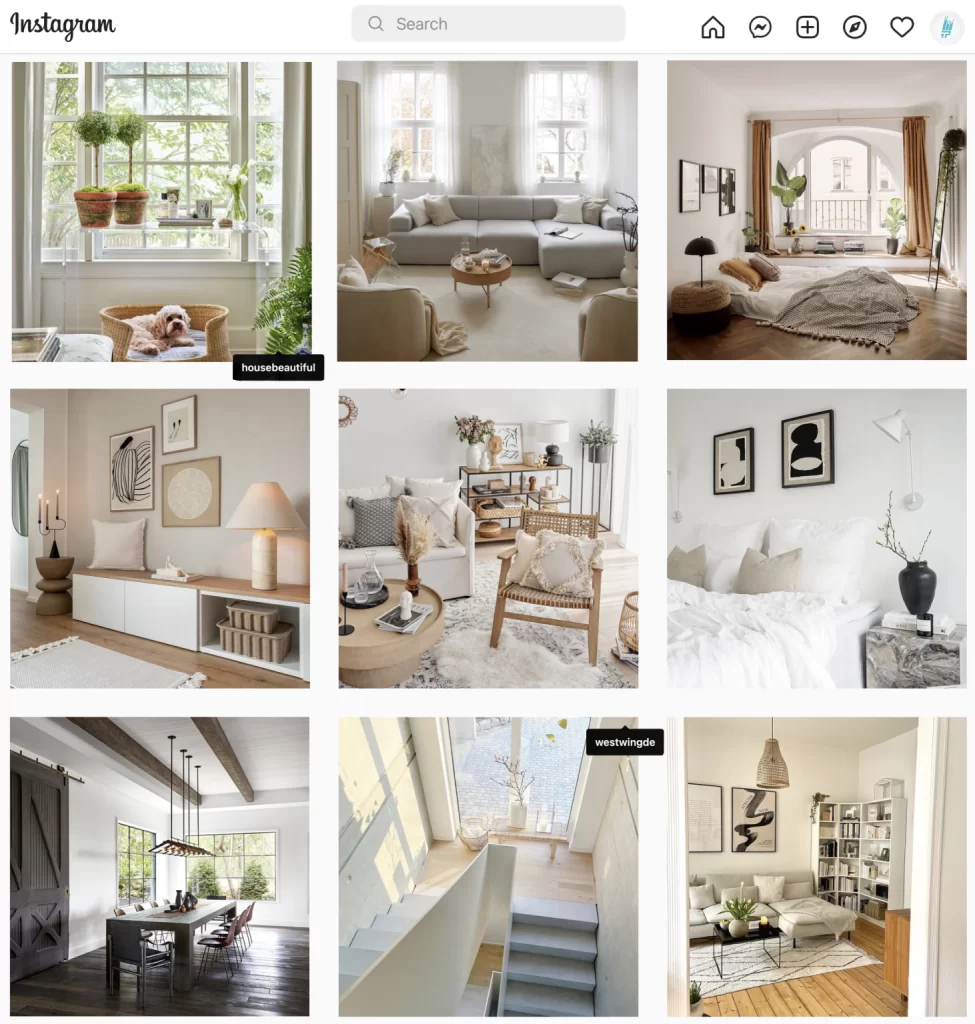
1. Don’t Trust Your iPhone
Picking the right white can be a challenge. From seeking the advice of designers who spend their whole day analyzing the subtle differences in every subtle shade, tone, and hue, to comparing swatches in a paint store with totally different lighting than you have at home, the journey to white walls can be just plain daunting.
Opening Instagram, anyone can easily point and say “There! That white is exactly what I want – Joanna Gaines has done it again!”. When we stumble upon those perfectly polished rooms in our Instagram feed, it all seems so simple, so attainable! But to choose the perfect white paint from a computer screen or your phone is almost impossible. Every white will look like an off-white in person when compared to a highly brightened screen. We’ve done countless consults, helping our customers find the right white paint, based on what is in their specific, personalized home, and not a stranger’s on Instagram (although.. is Joanna Gaines really a stranger? Or is she more of a steady friend in our collective time of need?), and we’re here to empower you with the confidence you need to begin and end this journey to perfect white walls.
2. For the Perfect White Paint, Consider Your Environment
The honest truth is that the majority of white paints have a minimal difference between them — you might really only have a range of 3-5 options when you really get down to it, and those differences are based on the shade.
White will pick up on whatever is around it, so the white you choose should be customized to the colors and tones of your space. Consider the tones of your flooring, the warmth of your light bulbs, the amount of natural light the room gets, and the other colors in the room. All of this plays a major role in how any white paint will play on your walls. Here at That 1 Painter, we strive to help you choose your perfect white paint, so we cover all of these things right in the estimate process.
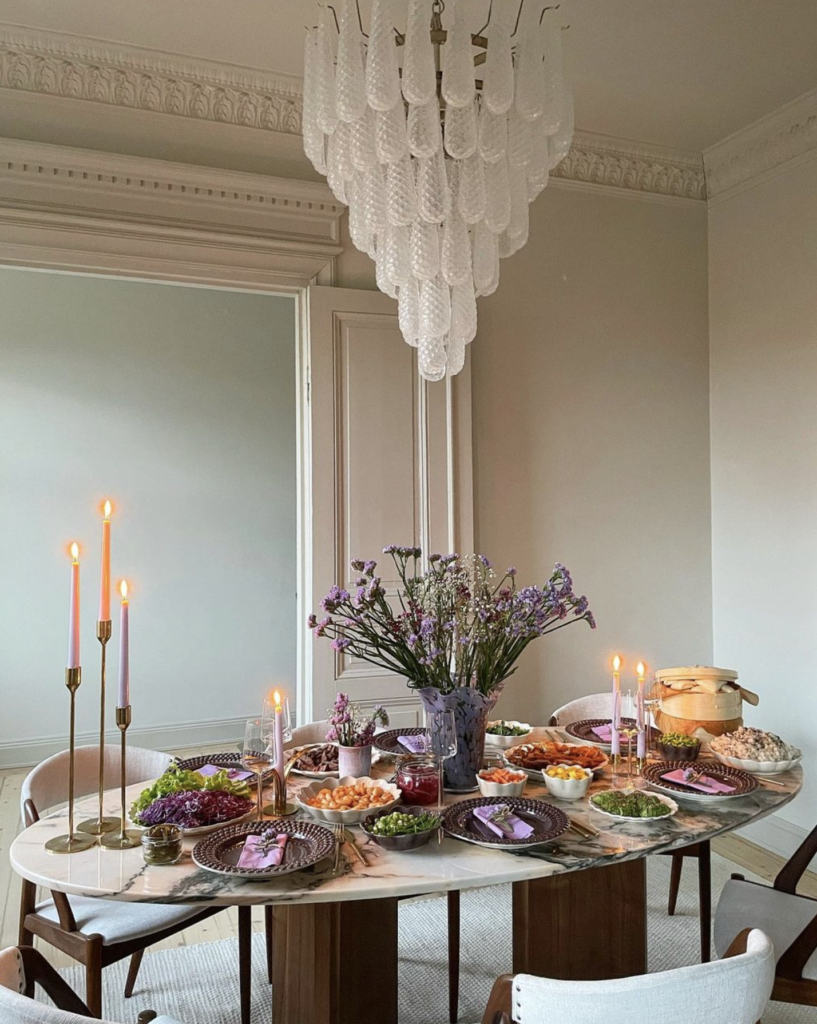
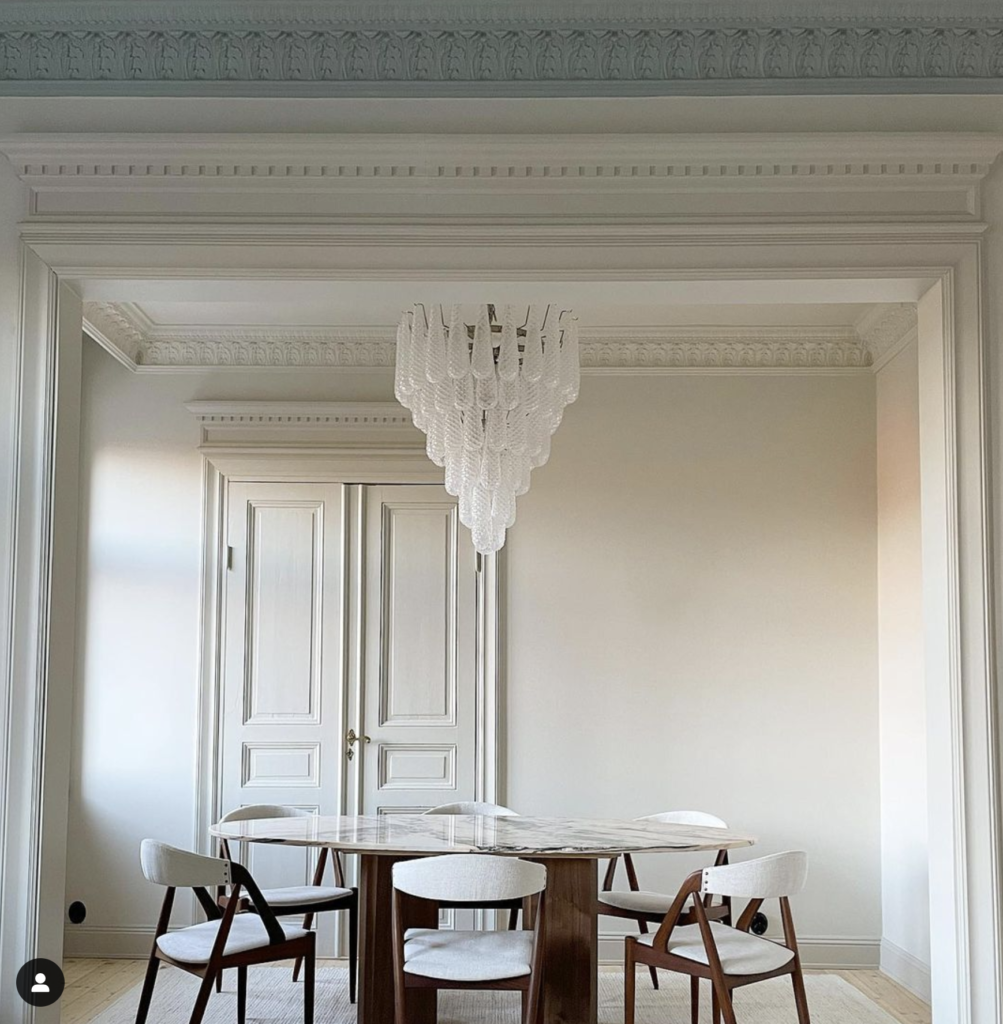
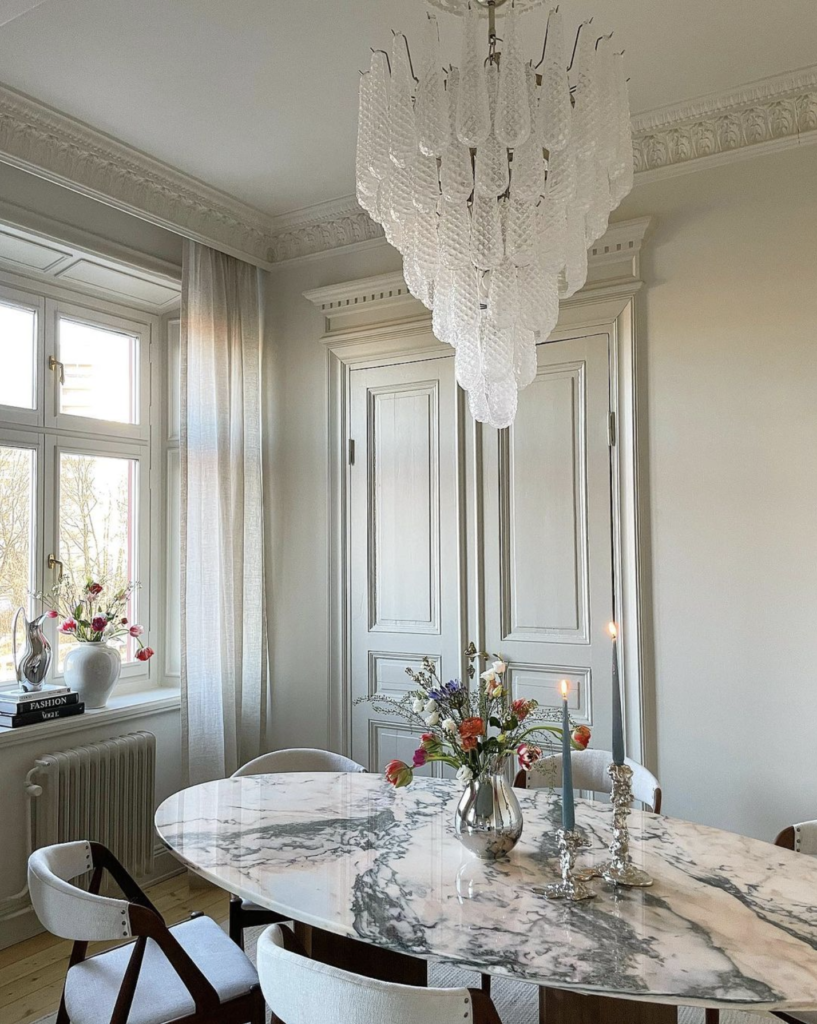
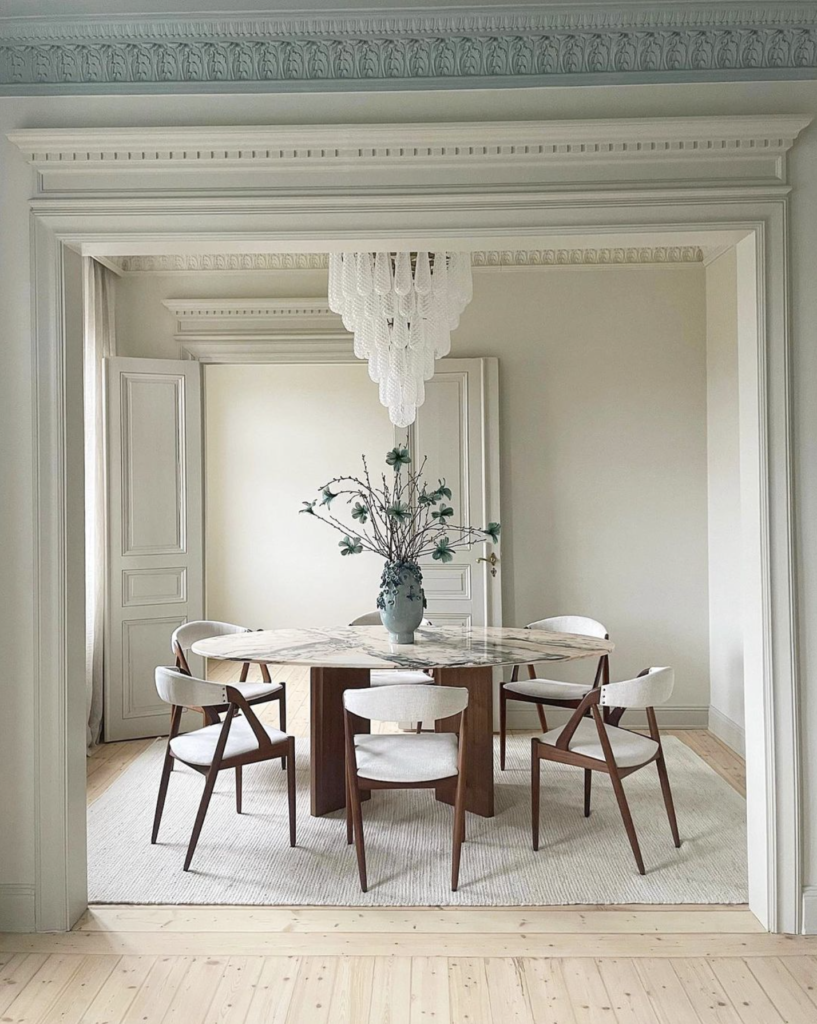
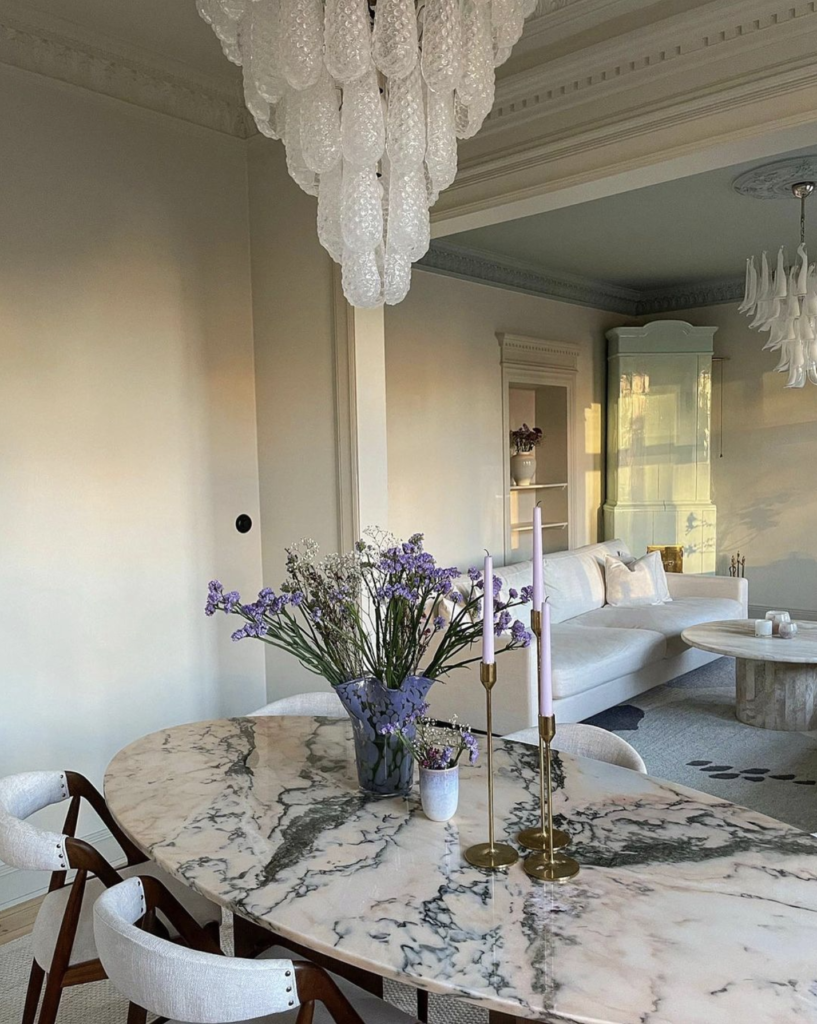
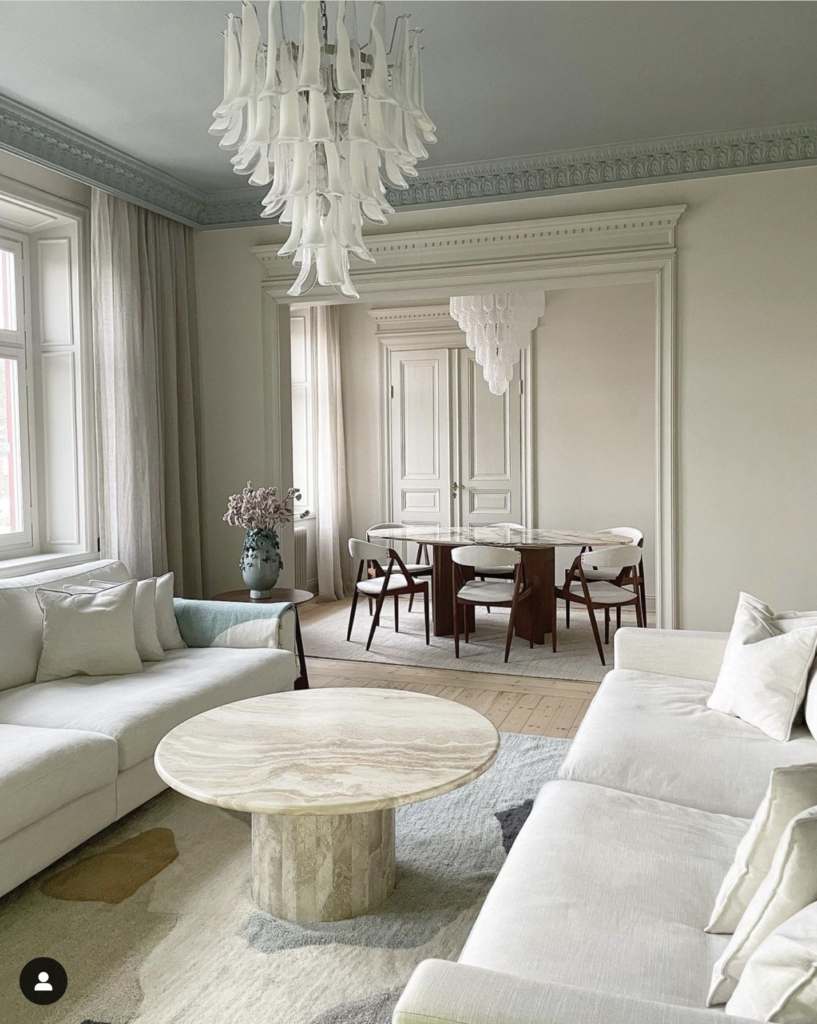
3. How An Expert Chooses the Perfect White Paint
The experts at That 1 Painter recommend you visit your local paint store to find a couple of white paints you like, then take a few swatches home and test them in a variety of spots in the rooms you want to paint. Test near your floors and trim, in multiple places on different walls in the room. Take notice of the influence your lights have against the white, and how other color elements in the room play a part in changing its shade. View the room at different times of the day and notice all kinds of natural lighting can throw your white from warm to cool, be it sunrise, midday, sunset, or the cool moments before nightfall.
4. Three of the Brighter Whites from Sherwin-Williams®
Extra White, Pure White, and Snowbound.
Extra White is untainted by other tones, so in natural light, without warm lightbulbs in the room, Extra White can look a little blue.
Pure White is actually Extra White, with a few drops of black added in, so Pure White stands up to natural or cool lighting better.
Snowbound is our favorite bright white, with its white base elevated with a drop of gold and magenta. It doesn’t look pink, yellow, or orange at all – the very slight warmth just adds a bit of life to the paint and complements the home really nicely.
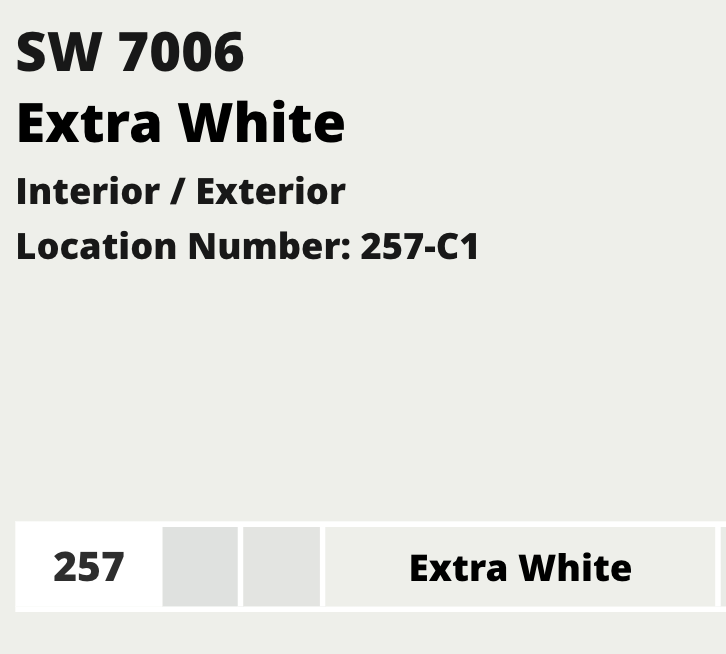
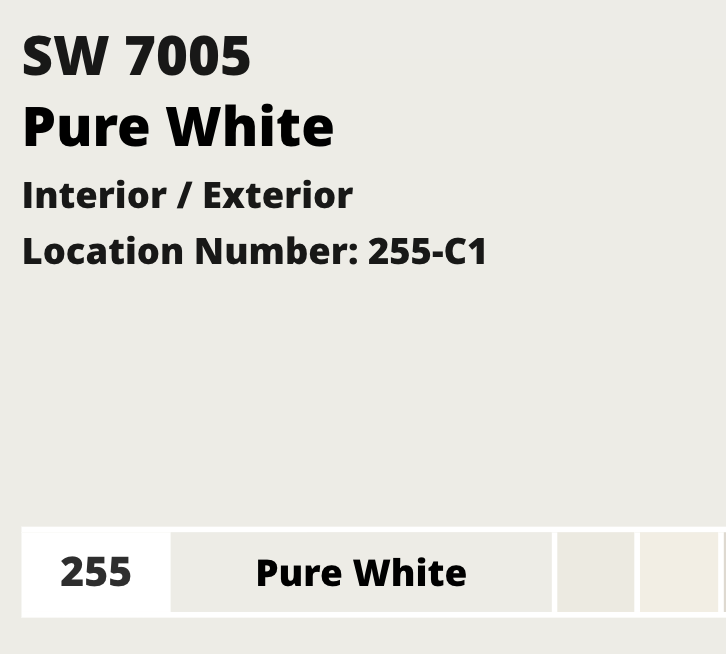
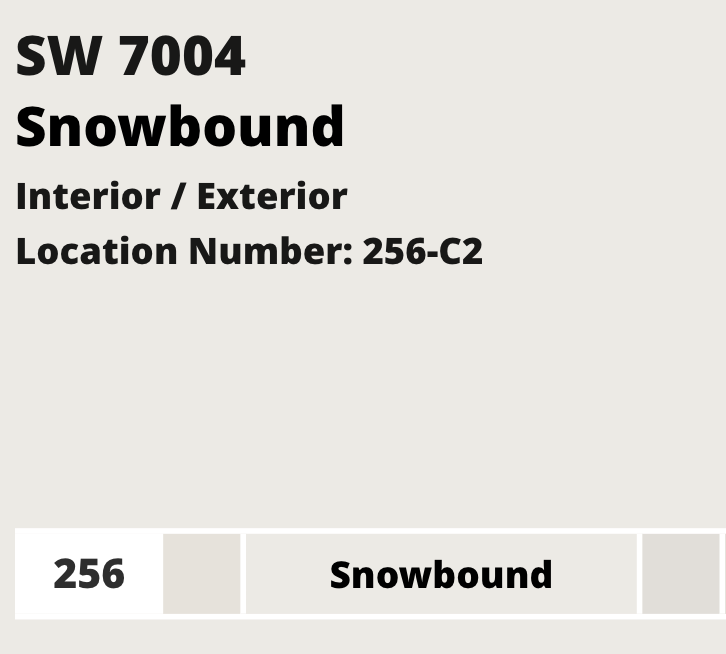
5. What to Do if Your White Paint Fails You
Say you were torn between Extra White, Pure White, and Snowbound, finally settled on one of the three but ended up hating the way it turned out. Truthfully, the difference between these three white paints is so minimal, that we recommend you try a few different things before painting again with one of the other whites.
If you’re looking for an energetic cool, bright white, and are seeing yellow or orange tones, consider changing your bulbs to something cooler, and adding gray, cool brown, blue, or purple elements to the room. If you seek a cozier, warm white, change those bulbs to something warm, and experiment with reds and oranges in your rugs, pillows, and throw blankets.
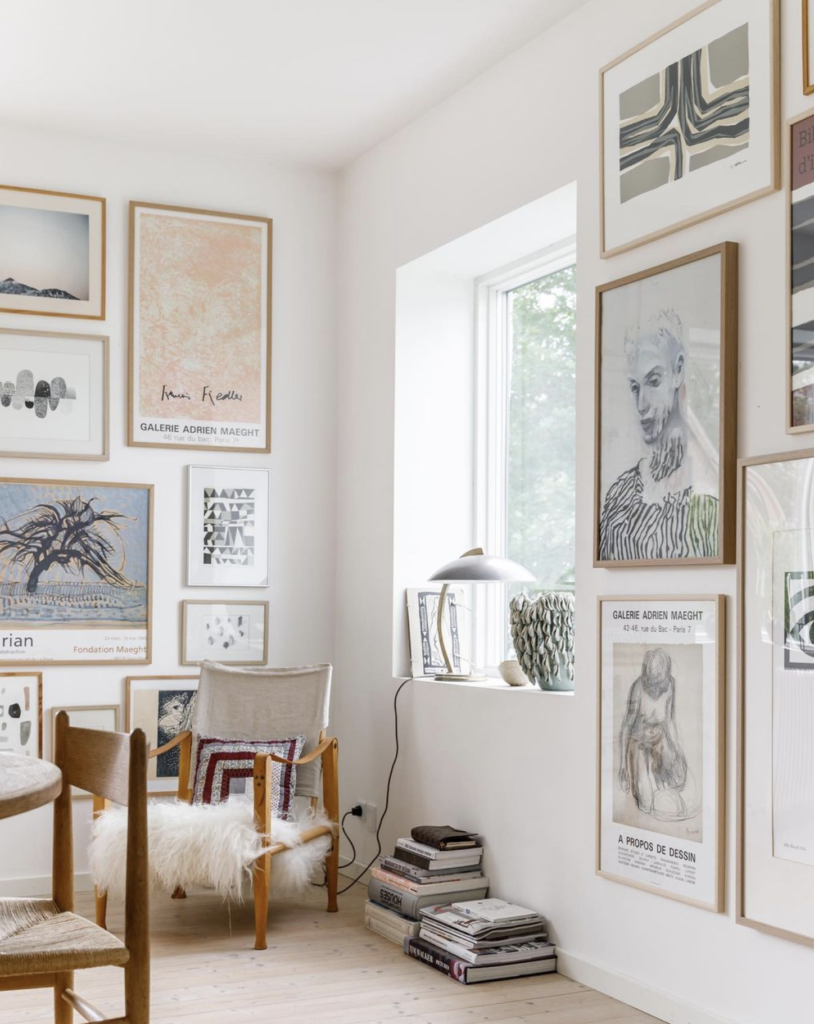
+ retroliving_dk | Instagram
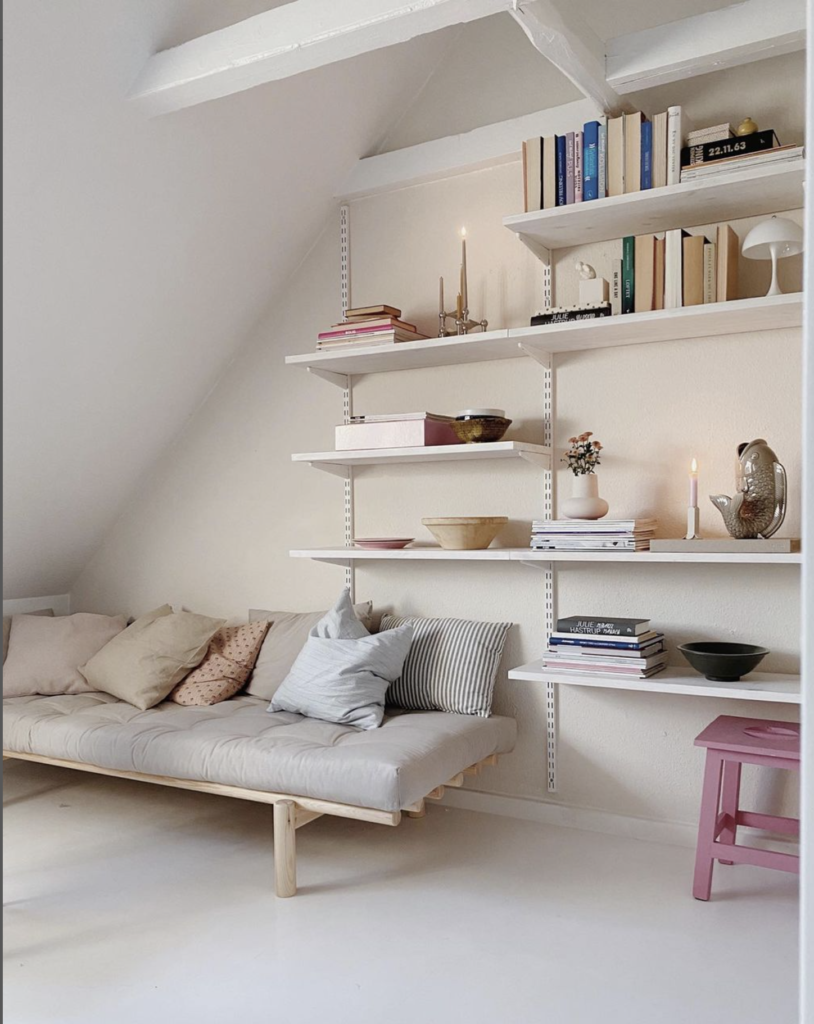
6. If You Want the Brightest White, You Might Ask for This… Don’t!
A common question we get is, should I buy Sherwin-Williams® High Reflective White? You may be thinking that the quickest route to the brightest, cleanest white is to go for this paint color, but we’re here to warn you: don’t do it.
High Reflective White is really a base, like Extra White. It’s a good starting point to build your paint with if you’re using very high-quality paint such as Emerald Designer because it is a base that helps the paint receive really bright colorants. Because of that, it’s a little bit translucent and really is not meant to be used on its own as a “white”. If you try using it as a white, it may take 4-5 coats of paint for full coverage, whereas a regular white will take 2-3. Not very cost-effective, and the result isn’t much better. If you want to use High Reflective White, we recommend that you use it as the base for an Emerald Designer paint. Just know, it’ll cost you.
7. Popular White Paints | Slightly Warmer Tones On the Edge of “Off White”
- Crushed Ice is very popular, and holds warm undertones. In certain lighting, it’ll look slightly gray.
- Alabaster holds a slightly warmer, yet still bright white look.
- Greek Villa is popular for cabinets.
- Shoji White is absolutely beautiful in exteriors, picking up on the sunlight in such a pleasing way.
- Natural Choice is popular, looks a bit softer, warmer, and much more… well, you guessed it, natural.
- Aged White is much closer to off-white and may seem slightly outdated compared to the more sought-after Natural Choice.

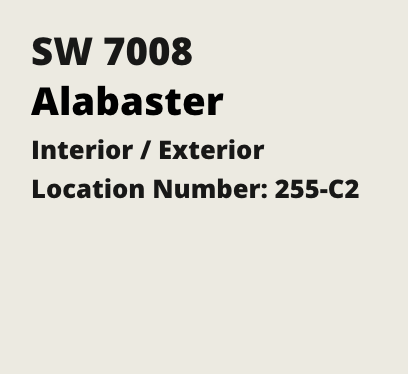
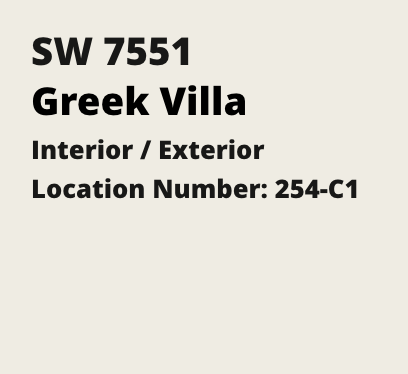


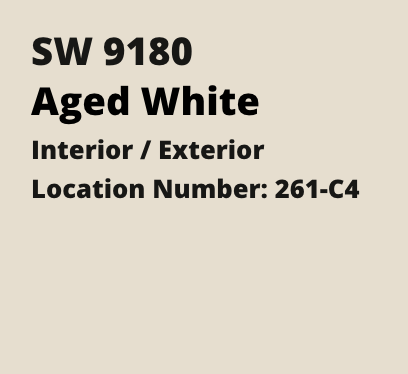
8. Exterior Whites | Don’t Blind Your Neighbors
We have seen some pretty blindingly white exteriors and it is not something you want to choose for your home. Pure White on a two-story exterior with all Hardy Siding will be a shining, harsh white when the sun hits in summer. Allan Alarcon says, “You don’t want to be the house that people have to put sunglasses on to look at in summertime!”. We recommend the Snowbound or the Soji White because they add just the right amount of warmth to still be bright white, but not blind anyone.
9. Quick Guide: How to Avoid Blinding Your Neighbors
Check the back of your swatches for Light Reflective Value (LRV), which indicates how much light the paint will reflect back to you. On an exterior, you want to be in the high 70’s, or low 80’s. If you’re in 85 and above, it’s reflecting 85% sunlight at you, which is a whole lot when you’re in full sunlight. You don’t want to make people have to look away from your house! That’s why we love a 74%, it’s nice and soft in the summertime, really easy to look at in the bright summer in Texas and any other bright, sunny places.
10. A Change of Sheen to Paint Your Ceilings, Trim, and Doors
Picking whites can be tricky not just because of swatches, lighting, and computer screens. Say you want to do an all-white home, but your ceilings, trim, and doors are already painted white. You might find that your trim and doors look dull and outdated compared to the swatch, so make sure you check that before painting. You will either want to get a complimentary white to what your trim and doors have, or you’ll want to paint your trim and doors with an updated white. But now we’re right back at having to choose yet another perfect white?? Fear not! We have a hack for you.
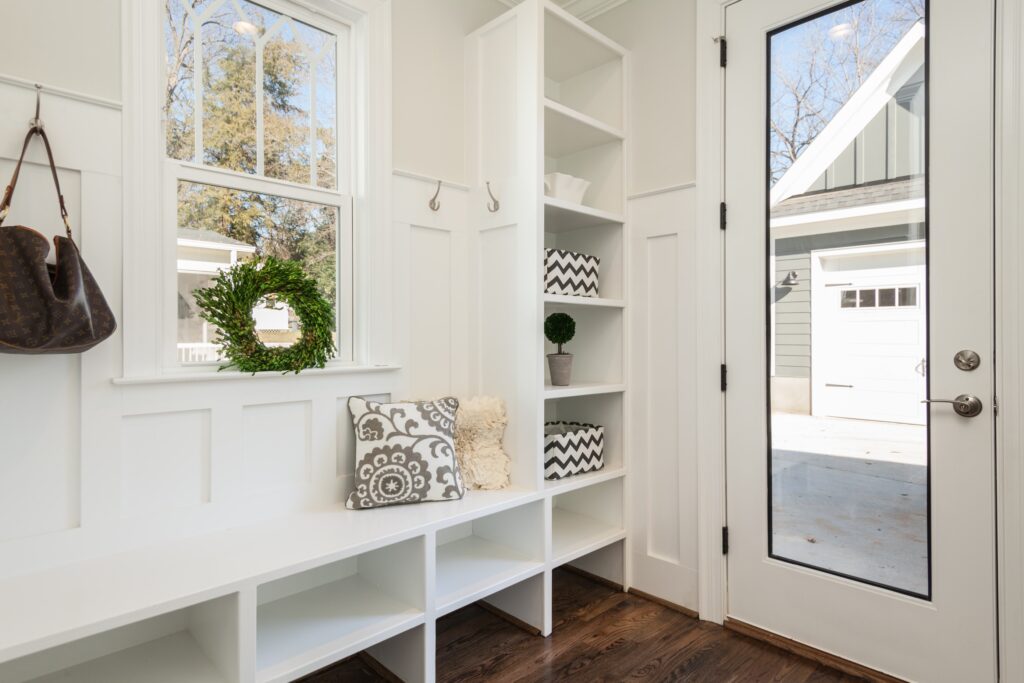
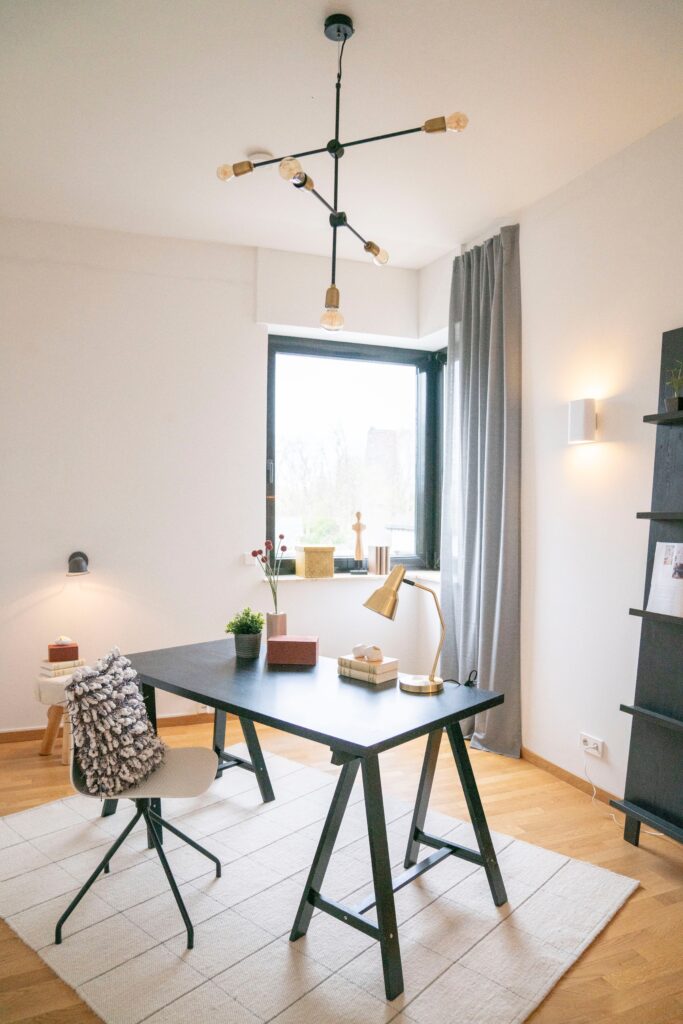
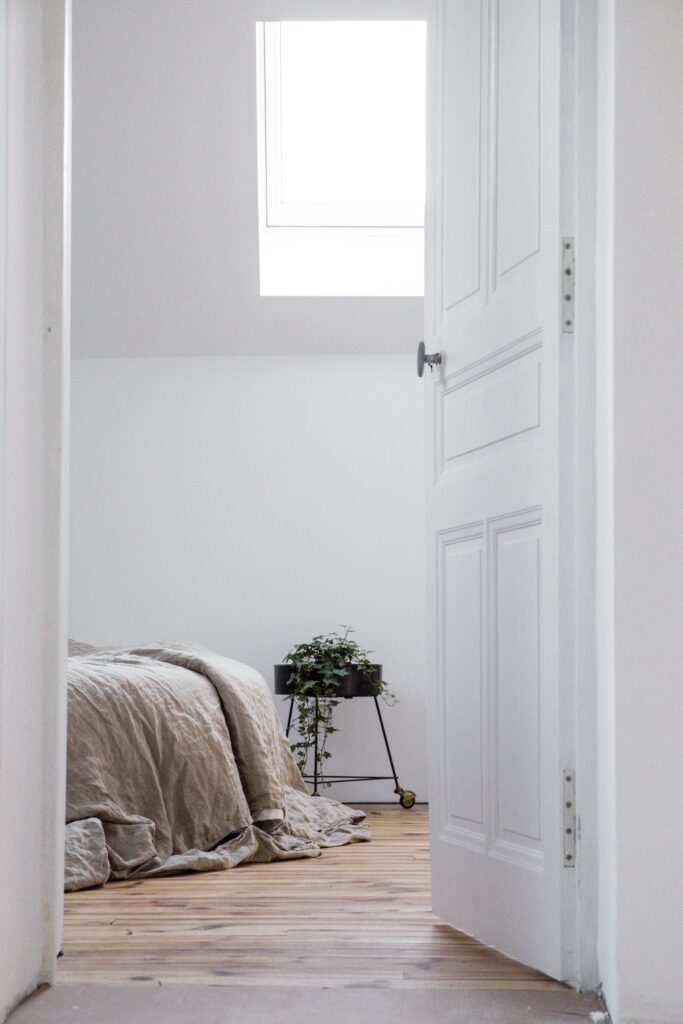
The alternative: There’s a really big difference in how your white looks, based on the sheen you choose, so you can always choose to paint the walls, ceiling, trim, and door all in the same white paint and then vary it up with the sheens.
Try Pure White in a flat sheen on the ceiling, a flat or eggshell sheen for the walls, and then a gloss or semi-gloss for the trim and doors. The variety in sheens can give you the dimension you want because of the way they’ll interact with the textures of each surface. The way light plays off of the shadows and bounces off the smooth surfaces can make your whites vary from a softer white to a darker one in contrast with the higher reflective semigloss on the trim and doors.
If you want to learn more, watch this Paint Talk with Steven Montgomery & Alan Alarcon
Do you need some help picking the perfect white paint? Please reach out!
How Much Does It Cost To Paint The Exterior Of a House in 2024? – That 1 Painter
Exterior House Painting Cost Guide in 2024 As a homeowner, you want your house to…
Paint Base Types: Oil or Water
How to choose what’s best for you and your home. A crucial decision to make…
Oil-Based Vs. Water-Based Paint: How to Repaint Your Home without the Mess
So, you’ve moved into a new home. (Yay!) But the previous owners’ paint colors are…
Franchisee Spotlight: Mariel and Jonathan Robles of That 1 Painter Waco-Killeen
Without our franchisees, we would still only have our corporate locations; we want to take…

